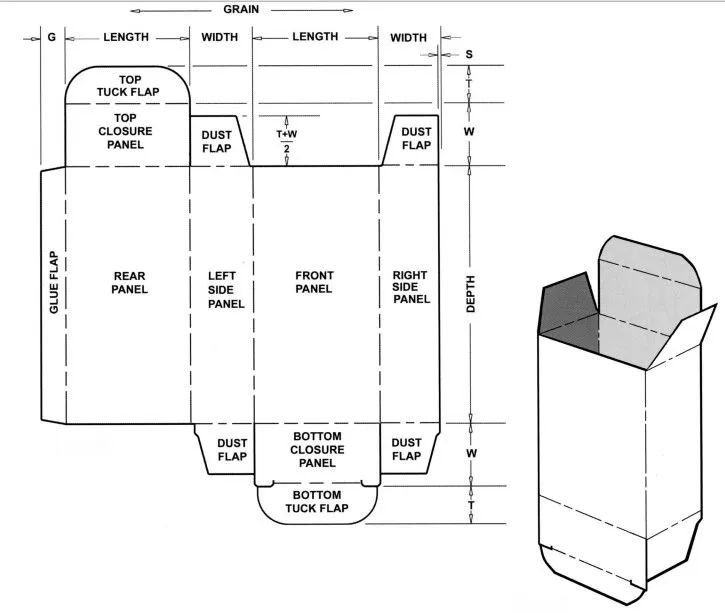Cigarette Box Dimensions

In the world of packaging, every detail matters. From the material used to the design elements incorporated, packaging plays a crucial role in protecting the product, communicating brand identity, and attracting consumers. When it comes to cigarette packaging, dimensions are no exception. In this blog post, we’ll delve into the dimensions of cigarette boxes, exploring both standard sizes and variations in this seemingly simple yet critical aspect of packaging design.
Standard Cigarette Box Dimensions
Cigarette boxes come in various shapes and sizes, but specific standard dimensions are commonly used across the industry. These standard dimensions ensure compatibility with machinery used for manufacturing, packaging, and vending cigarettes, making them essential for producers and consumers.
Length: A standard cigarette box ranges from around 84mm to 100mm. This measurement refers to the longest side of the box and determines the size of the cigarettes housed within it. The most common cigarette length is 84mm, but longer variants, such as 100mm, offer a slightly longer smoking experience.
Width: The width of a cigarette box varies depending on the number of cigarettes it contains and the specific design preferences of the brand. Joint widths for standard cigarette boxes range from approximately 20mm to 30mm. However, slimmer and wider options exist to accommodate varying consumer preferences and marketing strategies.
Height: The height of a cigarette box is another essential dimension contributing to its overall appearance and functionality. Standard heights typically range from around 70mm to 90mm. Taller boxes may provide additional space for branding and information, while shorter boxes offer a more compact and portable design.
Variations in Cigarette Box Dimensions
While standard dimensions serve as a guideline for manufacturers, there is room for variation and innovation in cigarette packaging design. Brands often seek to differentiate themselves through unique shapes, sizes, and features that set their products apart on the shelves.
Slim and Ultra-Slim Boxes: In recent years, there has been a growing demand for narrower cigarette boxes that cater to health-conscious consumers or those seeking a sleeker, more discreet packaging option. Slim and ultra-slim cigarette boxes typically have reduced width compared to traditional designs, offering a modern aesthetic and enhanced portability.
Compact and Pocket-Sized Boxes: Compact and pocket-sized cigarette boxes provide a convenient solution for on-the-go consumers. These smaller boxes are designed to fit comfortably in pockets, purses, or bags, making them ideal for travel or outdoor activities. Compact dimensions and durable materials ensure that cigarettes remain protected and accessible wherever the journey takes them.
Custom Shapes and Designs: Some brands opt for custom shapes and designs to create a memorable and distinctive packaging experience. From triangular boxes to cylindrical containers, the possibilities are endless for pushing the boundaries of traditional cigarette packaging. Custom dimensions allow brands to showcase their creativity and craftsmanship while capturing consumers’ attention in a crowded market.
Conclusion
In conclusion, cigarette box dimensions play a significant role in the packaging industry, influencing not only the appearance of the product but also its functionality and consumer appeal. While standard dimensions provide a foundation for consistency and compatibility, variations in size and shape allow brands to differentiate themselves and meet the diverse needs of their target audience. Whether it’s a classic rectangular box or a cutting-edge design, the dimensions of a cigarette box reflect the careful consideration and attention to detail that goes into every aspect of packaging production.



